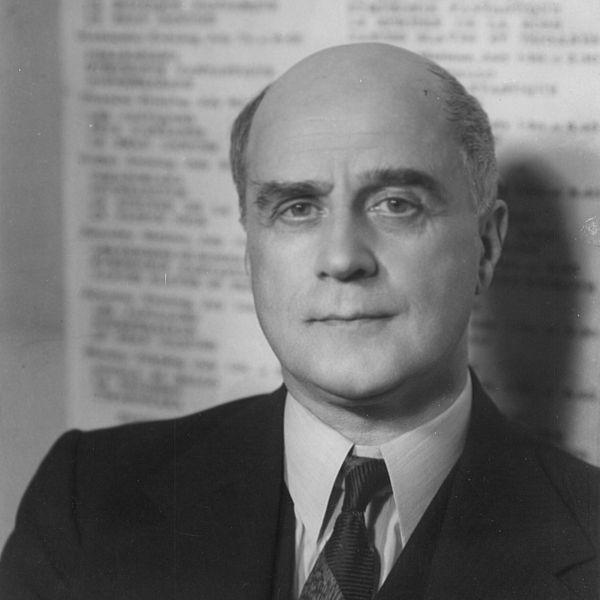Michel Fokine
Michel Fokine, born on 26 April 1880 in St. Petersburg, was one of the great cultural figures of the 20th century and the radical choreographer of Serge Diaghilev's Ballets Russes. He revolutionized the art of dance and is considered the »creator of modern ballet«.
He studied at the Imperial Ballet School in his hometown and was immediately engaged as a soloist at the Imperial Theatre after completing his training in 1898. Fokine also studied the piano, violin, mandolin and balalaika. His other passion was painting.
Disappointed by the artistic life of a dancer during this period, he considered these other paths, until he was offered a teaching position at the Imperial Ballet School in 1902. His first ballet Acis and Galatea was created in 1905 for a school performance. Already in 1904, he submitted a letter to the directors of the Imperial Theatre that formed the basis for his famous five theses, which he formulated ten years later in a letter to the editor of the London daily newspaper The Times. In these he described the need for a reform of ballet in the sense of a greater unity of libretto, music, dance and décor – »the human being should be an expression from the head to the feet« – as well as the historical accuracy of ballets. Fokine developed ideas similar to those of his even more radical American contemporary and founder of expressive dance, Isadora Duncan.
In 1907, one of his most iconic choreographies premiered at the Mariinsky Theatre in St. Petersburg: the poetic solo The Dying Swan for Anna Pavlova to the cello solo by Camille Saint-Saëns. In 1908, Fokine met the Russian impresario Serge Diaghilev – an encounter that was to change both their lives and the course of ballet history, exerting a great influence on the entire world of art, music, culture, fashion and literature. In the first season of his Ballets Russes, newly founded in 1909, Diaghilev presented four Fokine ballets at the Théâtre du Châtelet in Paris: Le Pavillon d'Armide, Cléopatre, the Polovtsian Dances from Prince Igor and Les Sylphides, the first plotless ballet and at the same time a homage to romanticism. Fokine subsequently created a number of masterpieces for the Ballets Russes between 1910 and 1914, including the Stravinsky ballets The Firebird and Petrushka and Weber's Le Spectre de la Rose. In 1912, he broke with Diaghilev. 1914 was the last year in which Fokine worked for the Ballets Russes, including Josephʼs Legend and Midas as well as the staging and choreography for Nikolai Rimsky-Korsakovʼs opera Le Coq dʼOr.
In the following years – which were difficult due to the war – Fokine was active in Spain, among other places, where he studied the dance culture there. He also created his last work for the Mariinsky Theatre in 1917 with the choreography for Mikhail Glinkaʼs opera Ruslan and Lyudmila, which is still in the repertoire today. He emigrated to Sweden in 1918.
In 1919 he received an invitation to New York to work on the Broadway production of Aphrodite. This city subsequently remained home for the rest of his life. From there he worked as a choreographer for several ballet companies around the world, including the Teatro Colón in Buenos Aires, Teatro alla Scala di Milano and Ballets Russes de Monte-Carlo. He also founded a ballet school in New York in 1921, his first company, the American Ballet, in 1924, and was a founding member of the now famous American Ballet Theatre. The historic premiere of this new company took place in 1940 with Les Sylphides. After a serious illness, Michel Fokine died in New York on 22 August 1942. During his life, Fokine created over eighty ballets, many of which are considered masterpieces.
Les Sylphides will premiere at the Volksoper Wien in May 2024, staged by Barbora Kohoutková and the stage and costume design by Darko Petrovic.
